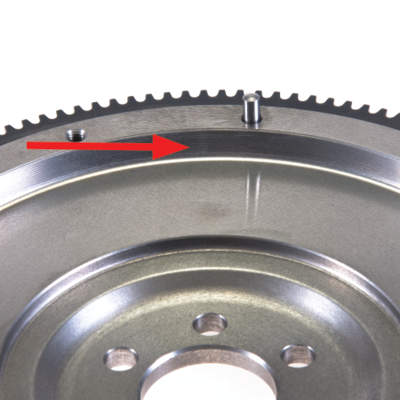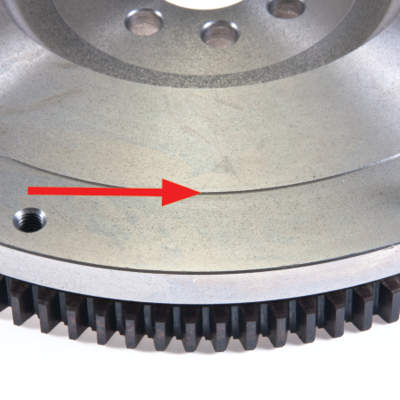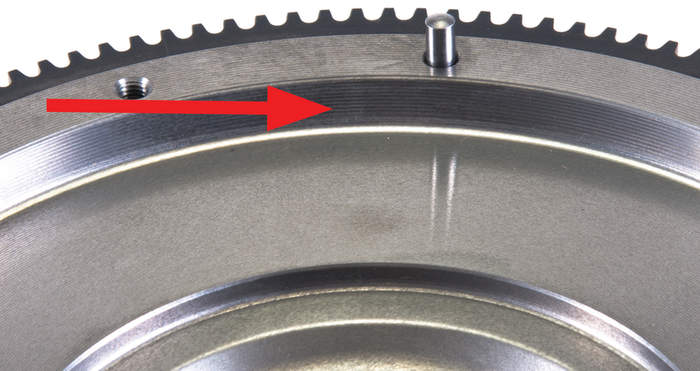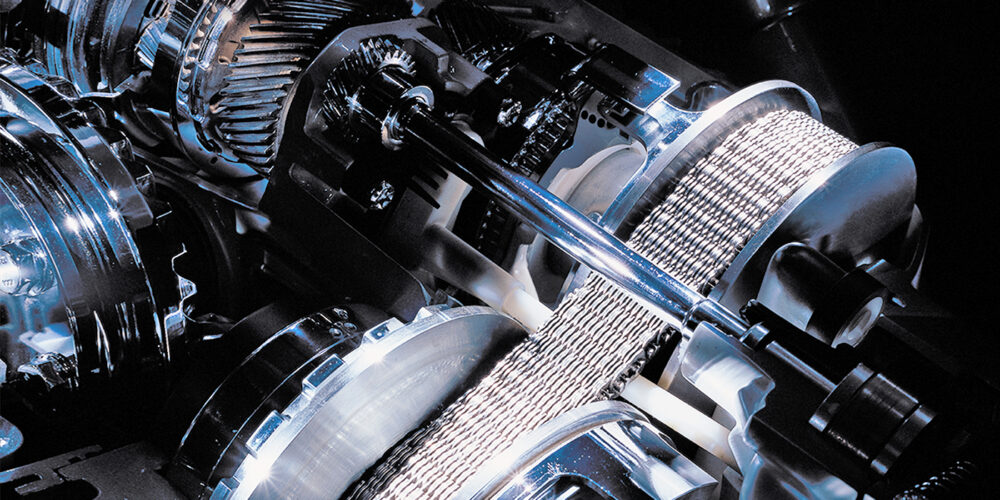
Slipping is one of the most common clutch related concerns. A slipping condition can occur after years of service or immediately after installation of a new clutch and is caused by various scenarios.
One of the most commonly seen and easily prevented causes of slipping is improper step and cup dimensions (Figures 1 and 2) after a flywheel has been machined or resurfaced.
To understand the importance of flywheel step and cup dimensions and how they relate to slippage in a clutch system, let’s first describe the wear characteristics of the two types of diaphragm clutches and how they work:
Self-Adjusting Clutch (SAC)
• As the disc wears, the clamp load is consistent throughout the life of the clutch.
• The clutch adjusts as the disc wears, allowing for consistent pedal feel and release.
• The clutch diaphragm fingers remain in their original position throughout the life of the clutch.
• Self-adjusting clutches extend the service life of the clutch disc.
Non-SAC Clutch
• A traditional, or non-SAC, clutch wears over time and the clamp load lessens as the disc becomes thin.
• The disc wears thin, causing inconsistent pedal feel and travel.
• The clutch diaphragm fingers, or levers, raise as the clutch wears.
• Traditional clutches have a shorter service life than a SAC.
• Lever-style clutches experience similar characteristics as these non-SAC, traditional clutch systems.

Gauge
Engineers refer to gauge as the total thickness of stacked clutch components within the clutch, disc and flywheel assembly. The components are manufactured within strict tolerances to assure proper gauge.
With properly matched gauge on a clutch and disc, the clutch diaphragm fingers will appear flat to slightly raised when the clutch and disc are installed and torqued properly.
The clamp load on a new clutch assembly is sufficient to transmit 30% more torque than the vehicle’s OE engine torque rating as a safety factor against slipping by design.
Thick Disc Condition
Improper machining of the flywheel will result in either too tall of a step or too shallow a cup. This is referred to as a thick disc condition. This is similar to using too thick of a disc on a perfectly flat, machined flywheel. In this condition, the diaphragm fingers on the clutch will recess past flat, or go inverted.
Due to the characteristics of the diaphragm springs, this diminishes the clamp load and may lead to a slipping condition when driving the vehicle.
A thick disc condition may also create a no-release condition as the pressure plate will not raise high enough to clear the disc and allow release.
Important: When reusing or resurfacing a flywheel with a step or cup, the OE dimensions must be maintained to ensure that slipping, no-release or other driveability concerns do not occur.
Please be sure to check the manufacturer’s specifications before performing any repairs or adjustments.
Courtesy of Schaeffler













